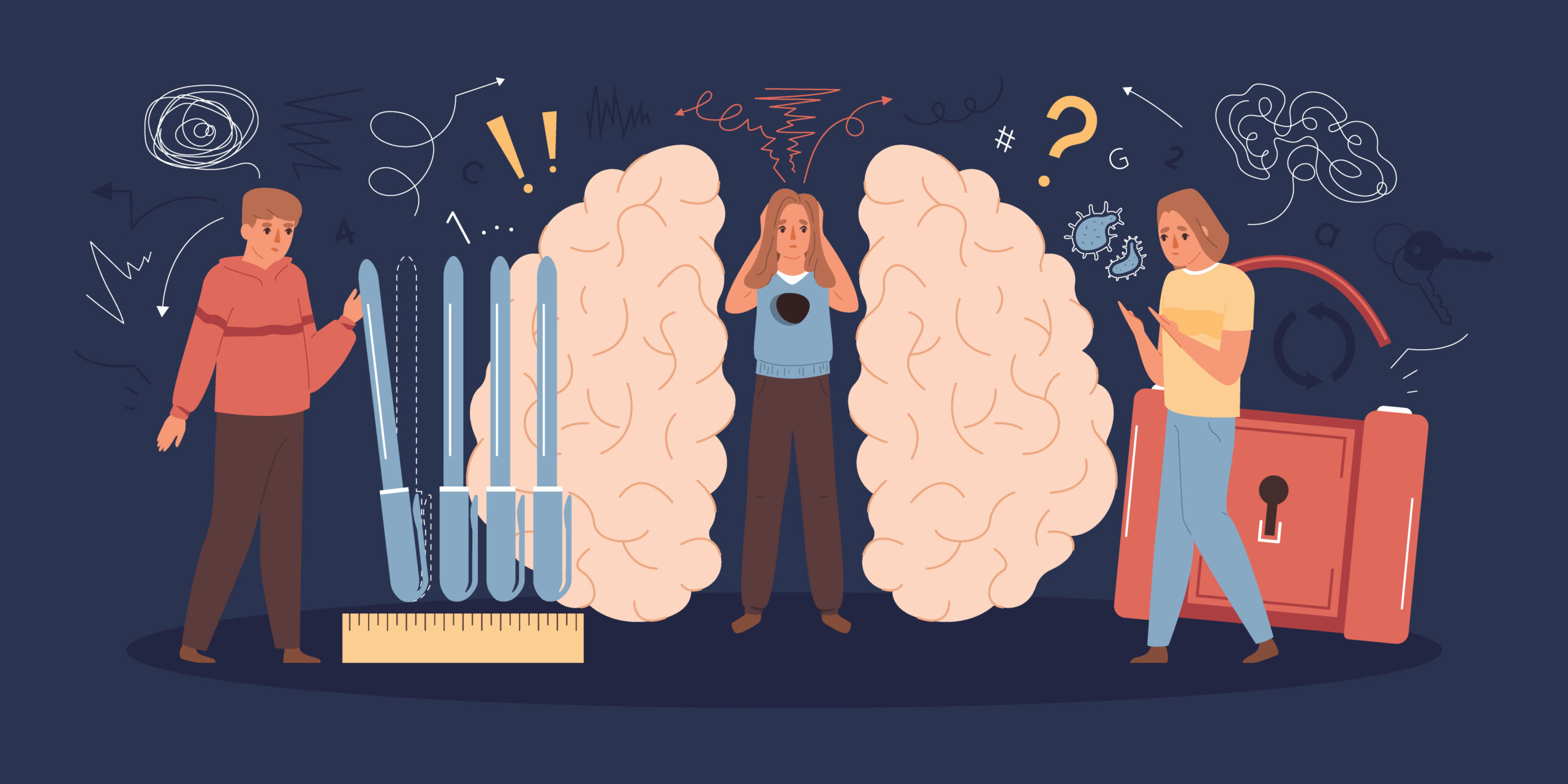I used to sit down to meditate with the best intentions, only to spend the entire session beating myself up. “You’re doing this wrong. Why can’t you focus? Everyone else can do this—what’s wrong with you?” Sound familiar?
For years, I thought meditation was supposed to be this perfect, zen experience where my mind magically went quiet. Instead, my inner critic had a field day, and my anxiety actually seemed to get worse. It wasn’t until I discovered self-compassion that everything changed—not just my meditation practice, but my entire relationship with myself.

If you’re someone who struggles with anxiety during meditation, learning to practice self-compassion isn’t just helpful—it’s absolutely essential. Let me share what I’ve learned through my own journey and what research reveals about this transformative practice.
What Self-Compassion Actually Means
Dr. Kristin Neff, a pioneering researcher at the University of Texas at Austin, has identified three essential components of self-compassion that we can actively train through meditation practice.
The three pillars are:
- Self-kindness – Treating yourself with warmth rather than harsh judgment when you’re struggling
- Common humanity – Recognizing that suffering and imperfection are universal human experiences, not personal defects
- Mindful awareness – Holding painful experiences in balanced awareness without suppressing them or becoming overwhelmed

During meditation, anxiety often triggers that familiar self-criticism: “I’m doing this wrong,” “I’m too anxious to meditate properly.” When you actively engage all three components of self-compassion, meditation transforms from a performance to be judged into a compassionate space for meeting yourself exactly as you are.
Research published in the Annual Review of Psychology shows that self-compassion is strongly linked to decreased anxiety, depression, and rumination, while increasing feelings of happiness, optimism, and emotional resilience.
Recognizing Your Inner Critic
Most of us have a harsh inner critic that becomes particularly loud during meditation. Mine used to say things like, “You can’t even focus for two minutes.”
The first self-compassion practice is simply recognizing this voice as a voice—not truth, not your wisest self, but a conditioned pattern that no longer serves you.
Here’s what to do:
- Mentally label it: “Ah, that’s the inner critic talking.”
- Consciously respond with compassion: “I’m learning,” “This is difficult, and I’m showing up anyway,” or “Everyone struggles with this.”
Studies show this deliberate self-talk activates caregiving neural circuits in your brain and reduces amygdala reactivity within minutes. You’re literally rewiring your brain every time you catch and counter that critical voice.
The Power of Physical Touch
One of the most powerful—and underutilized—self-compassion techniques involves soothing touch during meditation.
When you notice distress, anxiety, or self-judgment, try:
- Placing your hand on your heart
- Giving yourself a gentle hug
- Resting one hand on your belly
- Holding your own hand

This physical self-touch activates your parasympathetic nervous system and releases oxytocin—the same bonding hormone released during comforting social touch. Research indicates that self-touch can reduce cortisol levels and increase feelings of safety.
The gesture sends a powerful message to your nervous system: “I’m here for you, you’re not alone in this difficulty.”
Self-Compassion Phrases as Mantras
During meditation, using memorized self-compassion phrases provides both structure and intervention when anxiety arises.
Try these phrases:
- “May I be kind to myself in this moment”
- “This is hard right now, and that’s okay”
- “I’m doing my best”
- “What would I say to a friend right now?”
Silently repeating chosen phrases literally rewires neural pathways from self-criticism toward self-support. The repetition matters—each time you practice, you’re strengthening those compassionate connections.
Befriending Your Anxiety
Traditional meditation instructions sometimes frame anxiety as something to “overcome,” creating an adversarial relationship with your own experience. Self-compassionate meditation reframes anxiety as a part of you that’s trying to protect you, however imperfectly.

When anxiety arises, try this:
- Notice the anxiety without judgment
- Acknowledge it: “Hello anxiety, I know you’re here”
- Recognize its protective intention: “You’re trying to keep me safe”
- Thank it: “Thank you for trying to help”
- Gently reassure it: “I’ve got this, you can relax a bit”
Studies show this compassionate relating to anxiety reduces its intensity more effectively than suppression or fighting.
Embracing Imperfect Practice
Here’s a truth that set me free: every meditation session is imperfect. Your mind will wander, you’ll feel restless, anxiety will arise. That’s not failure—that’s meditation.
Practice reframing:
- Mind wandered 50 times? → “I returned my attention 50 times—that’s 50 repetitions of the core skill”
- Anxiety made sitting uncomfortable? → “I showed up even though I felt anxious—that took courage”
- Want to quit early? → “I’m honoring what I need by adjusting the practice”
If you’re new to meditation and feeling overwhelmed, you might want to read my other article about what meditation is and how it helps with anxiety—it covers the basics in a more approachable way.
Practical Self-Compassion Techniques
Give Yourself Permission
Anxiety-prone meditators often need explicit permission to adjust practice. During meditation, consciously say:
- “I have permission to keep my eyes open if that feels safer”
- “I have permission to stop if this becomes overwhelming”
- “I have permission to have a ‘bad’ meditation”
These permissions counteract rigid perfectionism and create space for authentic practice.
The Soften-Soothe-Allow Technique
When difficult emotions arise:
Soften: Locate where you feel the difficulty in your body, then consciously soften that area—relax your jaw, drop your shoulders, release held breath.
Soothe: Place your hand on the tense area and offer comforting touch.
Allow: Give permission for the difficulty to be present: “It’s okay for this to be here right now.”
Reframe Anxiety Symptoms
Practice compassionate interpretation of physical sensations:
- Racing heart → “My body is trying to mobilize energy to protect me”
- Tight chest → “My body is responding to perceived threat, trying to keep me safe”
- Scattered mind → “My mind is scanning for problems, trying to anticipate danger”
This shifts from “something is wrong with me” to “my body/mind is working as designed, just overly sensitive right now.”
Practice Gratitude for Showing Up

At the end of each meditation session, regardless of how it went, thank yourself: “Thank you for taking this time,” “I appreciate myself for showing up even though I felt anxious.”
Research on gratitude practices shows they increase positive emotion and reduce depression—directing that gratitude toward yourself compounds the benefits.
Understanding Self-Compassion as a Skill
Self-compassion is a learnable skill that develops over time, not an innate quality you either have or don’t have. Most people raised in critical environments have underdeveloped self-compassion capacities—this is conditioning, not a character flaw.
According to research from Harvard Health, higher levels of self-compassion are linked to increased happiness, optimism, and connectedness, as well as decreased anxiety, depression, and rumination.
Early meditation sessions might feel uncomfortable precisely because you’re building unfamiliar neural pathways. The discomfort of learning self-compassion is itself an opportunity for… self-compassion about struggling with self-compassion.
Tender vs. Fierce Self-Compassion
Dr. Neff distinguishes between two types of self-compassion, and both are necessary:
Tender self-compassion offers warmth when you’re struggling—that gentle hand on your heart, the soothing phrases.
Fierce self-compassion sets boundaries: “I’m going to stop this meditation because I’m overwhelmed” or “I deserve a meditation practice that serves my wellbeing.”
Fierce self-compassion also motivates change: “I care about myself too much to keep avoiding this practice.”
Why This Matters Beyond Meditation
Self-compassion during meditation isn’t optional—it’s fundamental to effective practice, especially for anxiety. Harsh, perfectionistic meditation often increases anxiety and creates unsustainable practice.
Compassionate meditation builds genuine resilience, self-trust, and emotional regulation that naturally reduces anxiety while creating a sustainable, healing relationship with yourself that extends far beyond the meditation cushion into all areas of life.
The way you speak to yourself during meditation becomes the way you speak to yourself everywhere—at work, in relationships, when facing challenges. Self-compassion meditation teaches you something radical: you are worthy of your own kindness, especially when things are difficult.
Frequently Asked Questions

Q: Isn’t self-compassion just self-pity or making excuses?
A: Not at all. Self-compassion acknowledges difficulty while motivating positive change. Unlike self-pity, which says “poor me, I’m alone,” self-compassion recognizes struggle as part of shared human experience and responds with kindness and action. Research shows self-compassionate people are actually more motivated to improve.
Q: How long does it take to develop self-compassion?
A: Like any skill, self-compassion develops with practice. Some people notice shifts within weeks of consistent practice, while deeper transformation may take months. The key is regular practice—even a few minutes daily makes a difference.
Q: What if I feel resistance to being kind to myself?
A: This is extremely common, especially if you grew up in a critical environment. That resistance is itself worthy of compassion. Start small—maybe just notice the resistance without judgment. The practice begins with accepting where you are.
Q: Can self-compassion meditation help with clinical anxiety disorders?
A: While self-compassion meditation can help manage anxiety symptoms, it’s not a replacement for professional treatment. If you have a diagnosed anxiety disorder or severe symptoms, work with a qualified mental health professional who can provide appropriate treatment alongside meditation practices.
Q: What’s the difference between self-compassion and self-esteem?
A: Self-esteem is based on evaluation and comparison—feeling good when you succeed. Self-compassion isn’t about feeling better than others; it’s about treating yourself with kindness regardless of success or failure. Research shows self-compassion provides more stable emotional wellbeing.
Your Journey Starts Here

Self-compassion during meditation isn’t about achieving perfect calm—it’s about building a kinder, more sustainable relationship with yourself through all the messy, imperfect, beautiful moments of being human.
You don’t need special certifications or years of experience to start this practice. You just need willingness to meet yourself with the same kindness you’d offer a good friend.
What’s your experience with self-compassion in meditation? Do you struggle with your inner critic? Have you found techniques that help you be kinder to yourself? I’d love to hear your stories, struggles, or wins in the comments below. We’re all learning together.
With love,
Deeana — Meditate4Calm

Disclaimer: This content is educational only and not a substitute for professional medical advice, diagnosis, or treatment. Always consult qualified healthcare providers regarding mental health concerns, especially if you’re experiencing severe anxiety or depression.



